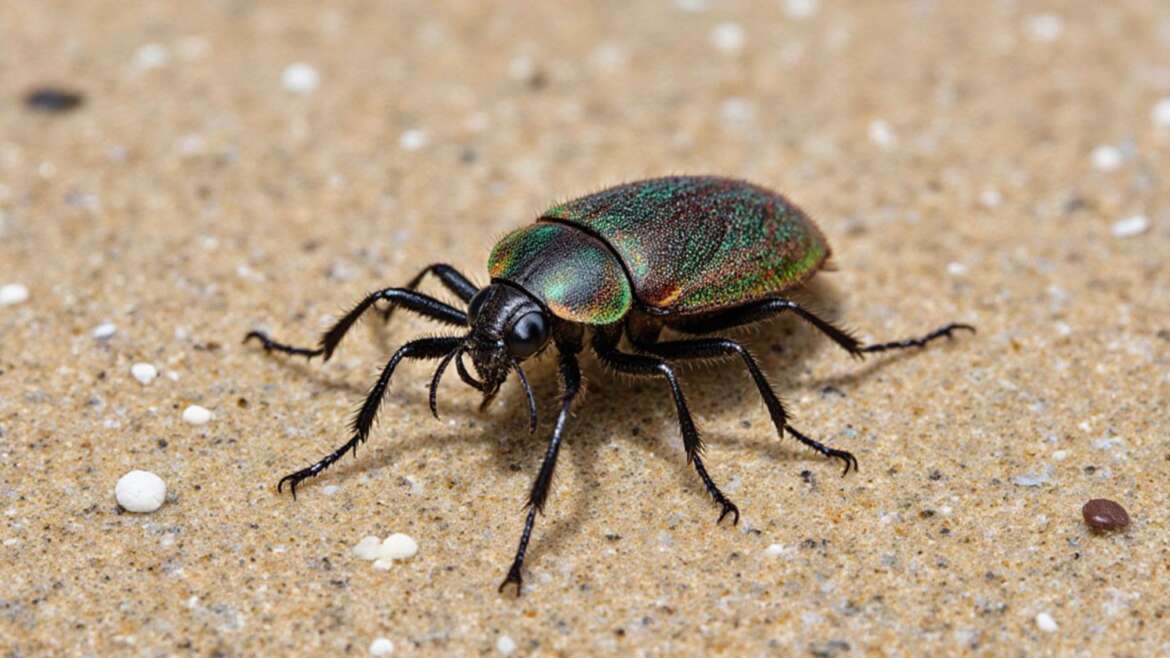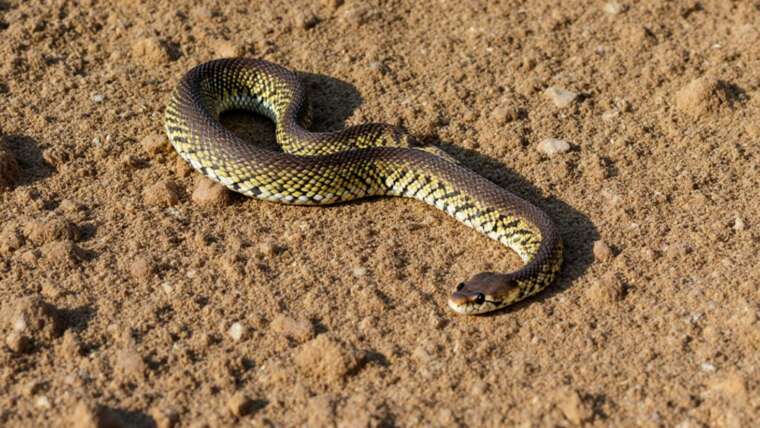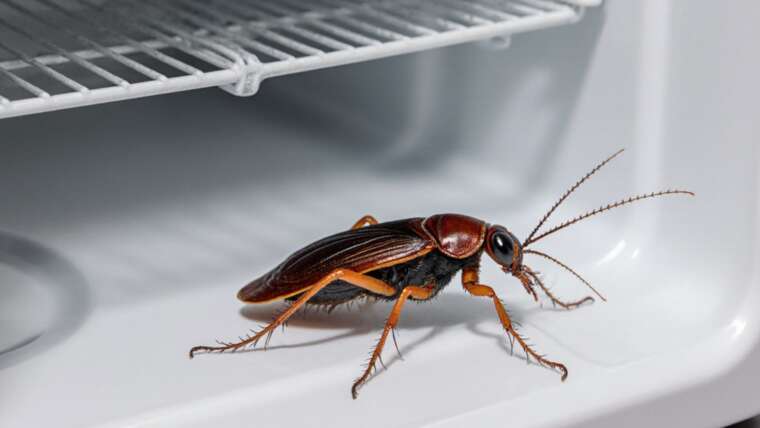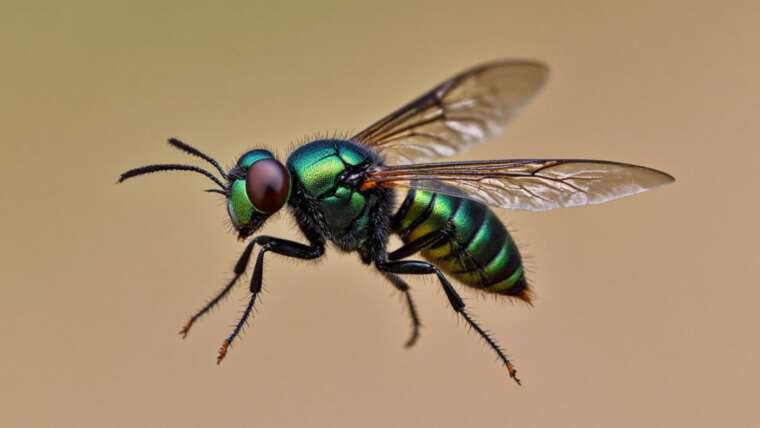Sunshine, Waves, Sand — and Bug Bites?
Believe it or not, even the most pristine beaches can house a host of insects. While the allure of sunbathing by the shore is enticing, the presence of unwanted critters can sometimes dampen the fun. Luckily, it’s entirely possible to enjoy a bug-free beach getaway. Here’s a comprehensive guide to the most common beach bugs and effective strategies to avoid them.
Sand Fleas
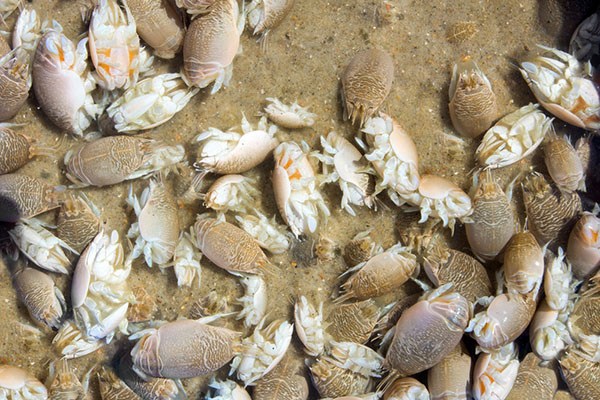
Sand fleas are not fleas at all; rather, they are tiny crustaceans that bury themselves in the sand. Their bites can cause uncomfortable itching, resembling that of a typical flea bite. To minimize your risk of getting bitten, avoid sitting directly on the sand; instead, opt for a raised lounge chair.
Tip: If you do choose to sit on a towel, consider sprinkling some baby powder on the sand first, as it can create a barrier and help reduce the likelihood of bites.
Beach Spiders
Beach spiders, such as beach wolf spiders and dock spiders, thrive in sandy and watery regions. While these creatures prefer to keep to themselves, they aren’t shy about making their presence known. Their bites, although not fatal, can be quite painful.
Tip: If you’re skittish about encountering spiders, consider bringing a small canister of natural spider repellent. A simple spray of essential oils like peppermint or tea tree oil can keep them at bay.
Isopods
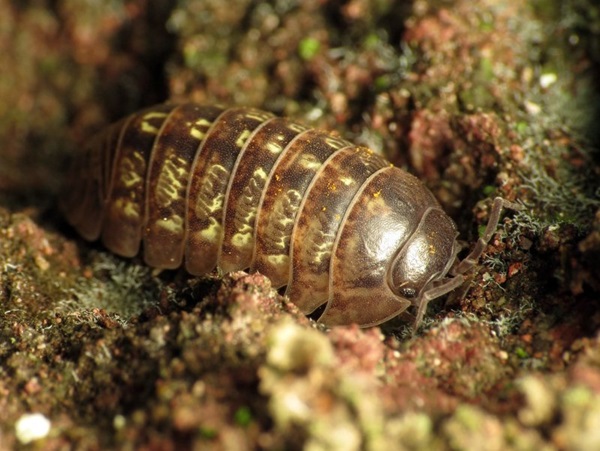
Commonly known as roly-polies or pill bugs, isopods are harmless and often found near the high tide line. They thrive in moist environments, making the beach a suitable habitat. Fortunately, these critters don’t pose any threat to humans and typically don’t require pest control.
Tip: If you’re curious about local beach life, try observing isopods in their natural habitat. They offer a unique insight into the ecosystem and can be a fun point of discussion for children and adults alike.
Rove Beetles
Rove beetles are frequent visitors at beaches due to their preference for moist environments. They feed on various organisms, including smaller insects found in the sand. Although they may seem intimidating, rove beetles are harmless to humans.
Tip: Consider bringing a magnifying glass on your beach trip. It can make observing these small beetles and other tiny creatures a fascinating activity, especially for kids.
Kelp Flies
Kelp flies thrive in environments rich in seaweed, driftwood, and surf grass. They generally feed on decaying organic matter and they’re typically found in groups along the beach. Though they may seem unpleasant, they don’t pose any danger to humans.
Tip: If you find yourself near a kelp-rich area, take a moment to study the ecology. These flies play an important role in the decomposition process, which is vital for the overall health of the beach ecosystem.
Mosquitoes
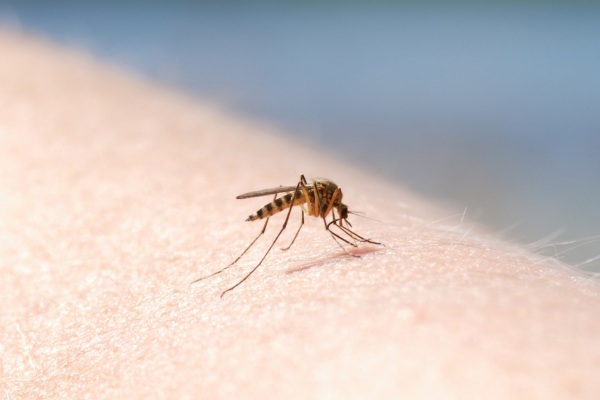
Mosquitoes are often drawn to beaches, especially in proximity to standing water where they breed. To avoid being bitten, apply an insect repellent before heading out and try to stay away from water during peak times, like dusk.
Tip: Use natural repellents containing citronella or lemon eucalyptus oil, which can be effective and less toxic compared to traditional sprays.
Bed Bugs
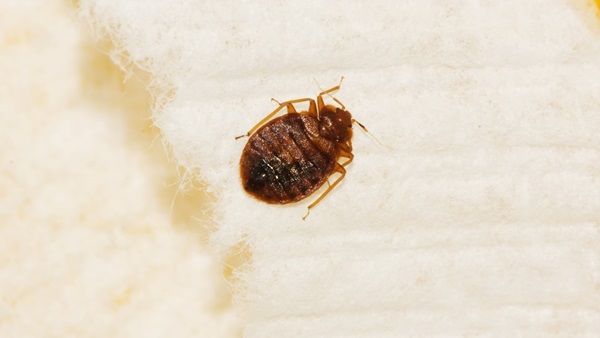
Although not typically found on the beach itself, bed bugs can lurk in accommodations. They can infest even the most luxurious hotels, so vigilance is crucial. Upon checking in, examine the mattress seams, headboard, and other areas where they might hide.
Tip: Consider using a travel-sized mattress encasement to protect your sleeping area, providing an additional layer of defense against bed bugs during your stay.
By keeping these tips in mind, you can enjoy a bug-free beach vacation while making the most of the beautiful sun, surf, and sand. Whether you’re lounging with a book or splashing in the waves, knowing how to navigate the less-than-desirable beach bugs can enhance your overall experience. Enjoy your beach getaway!

